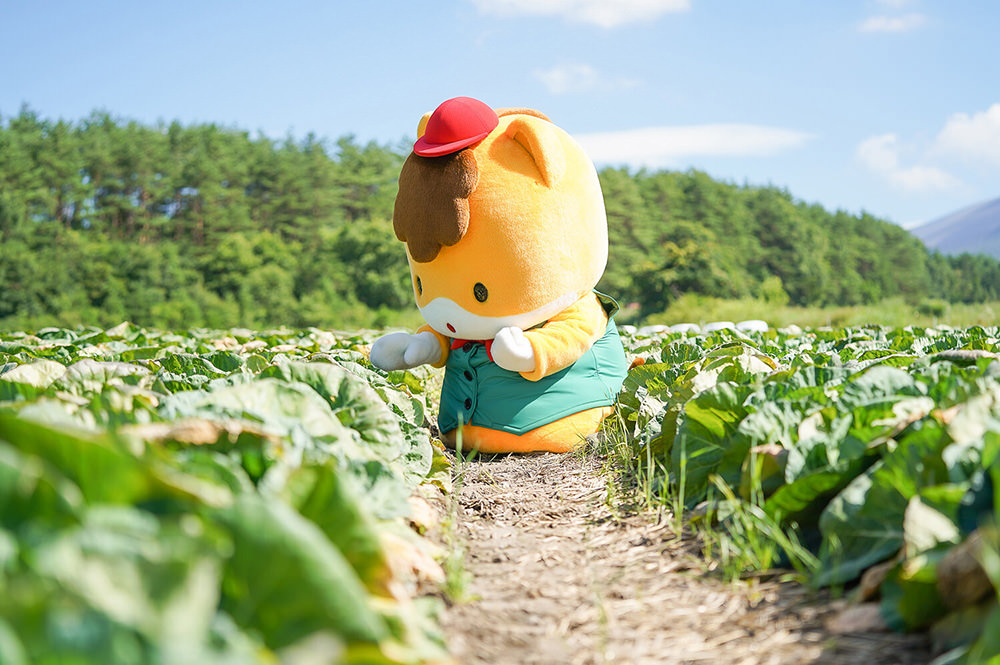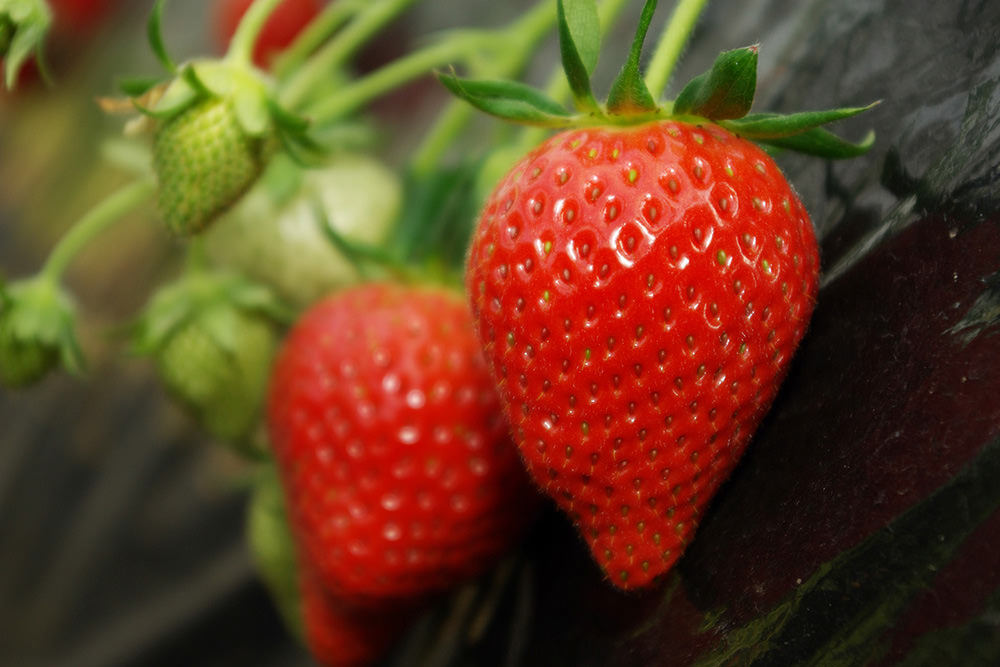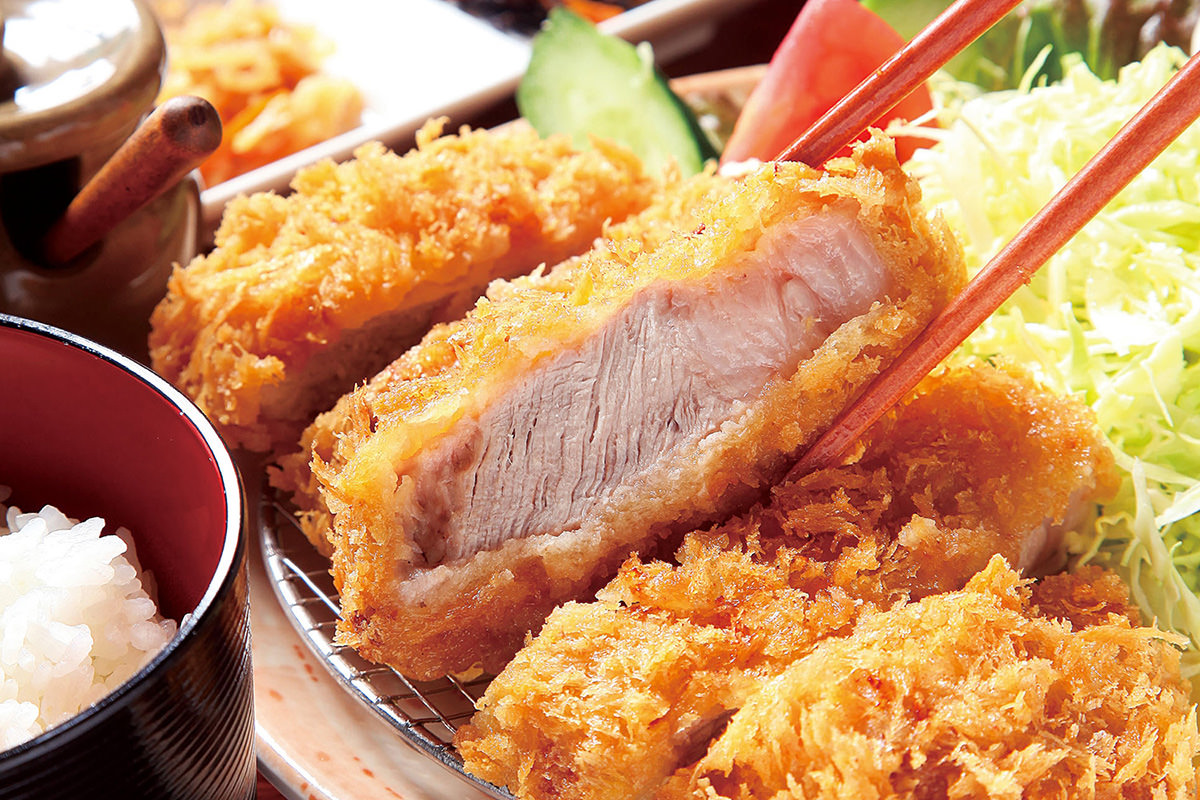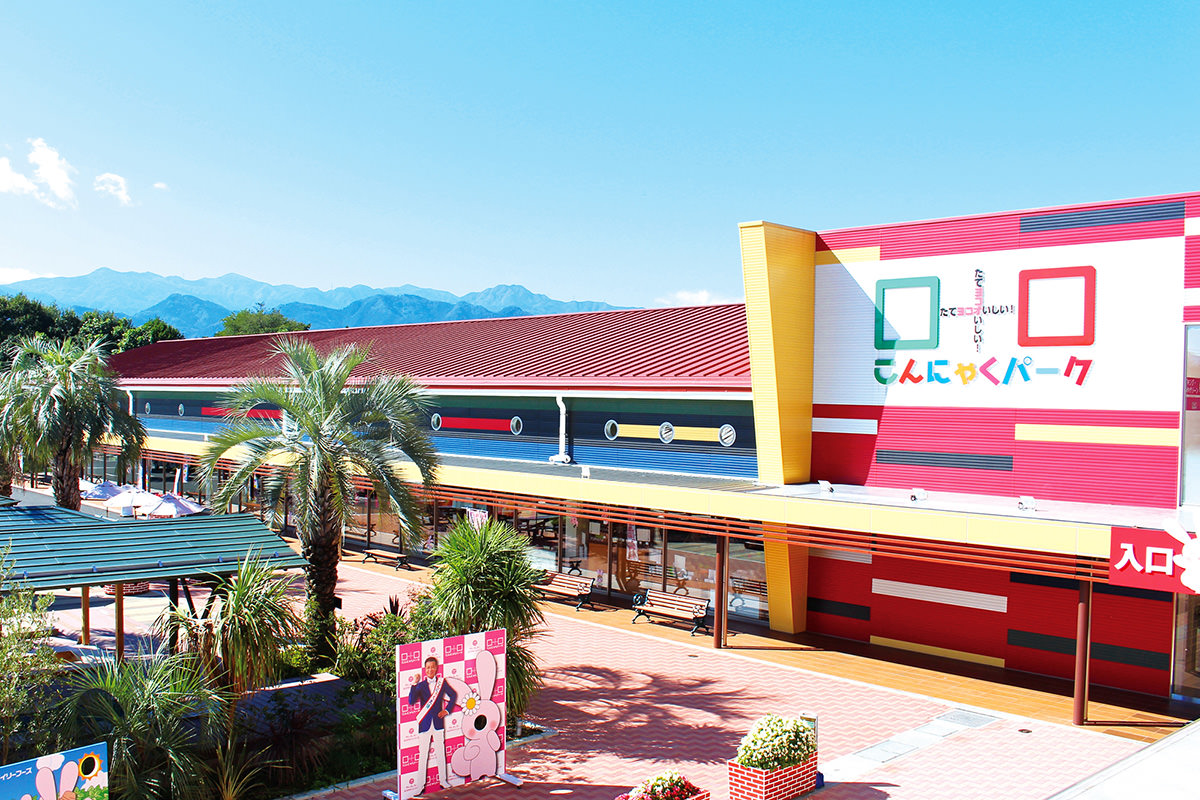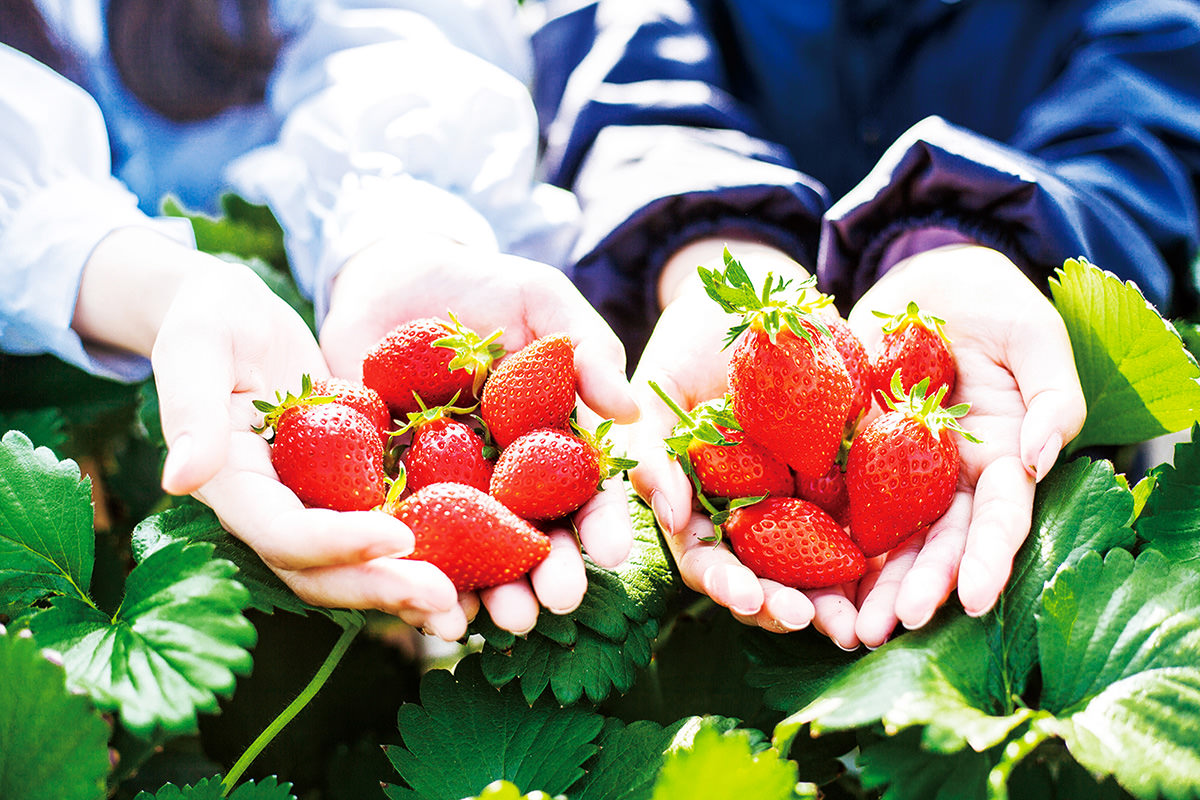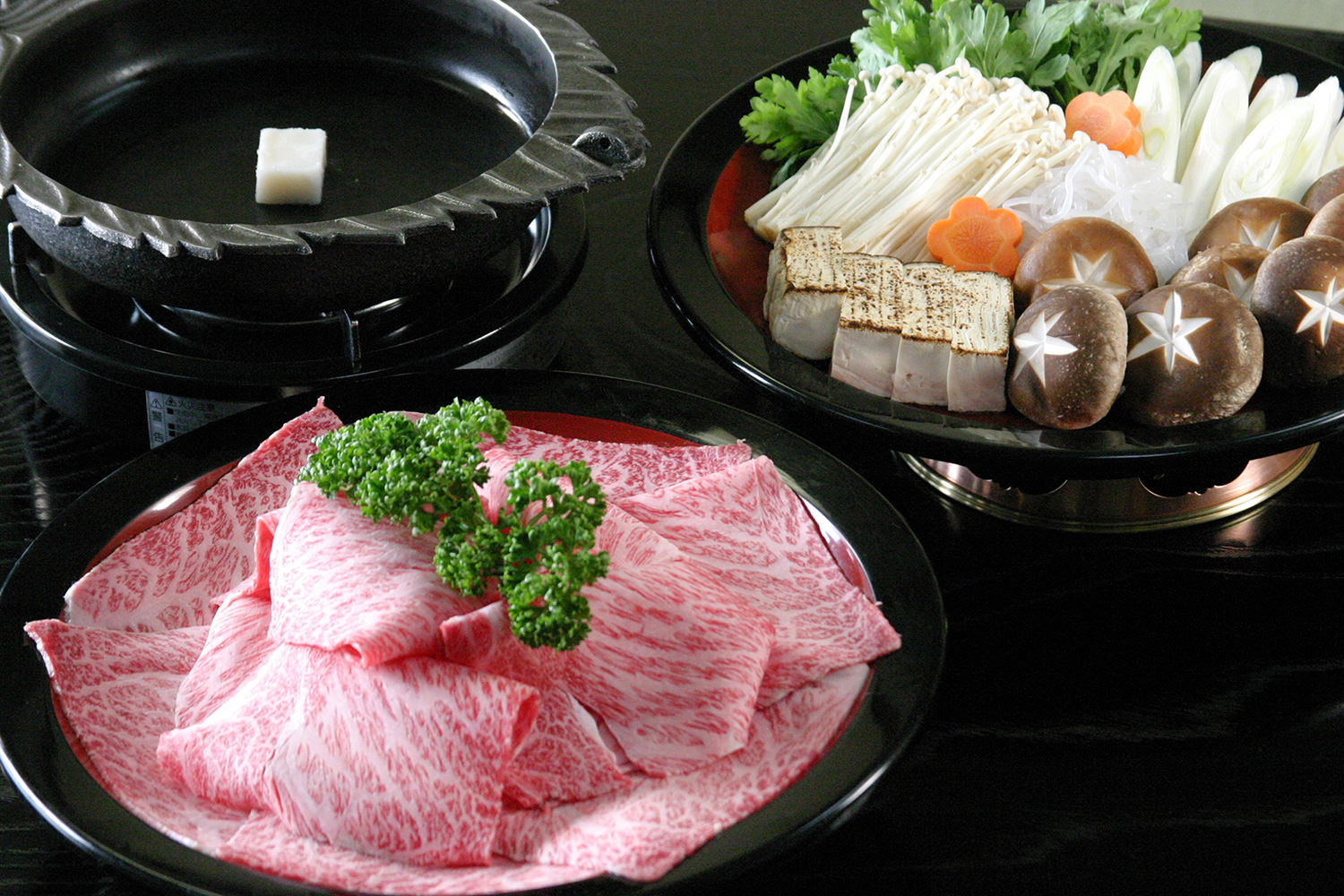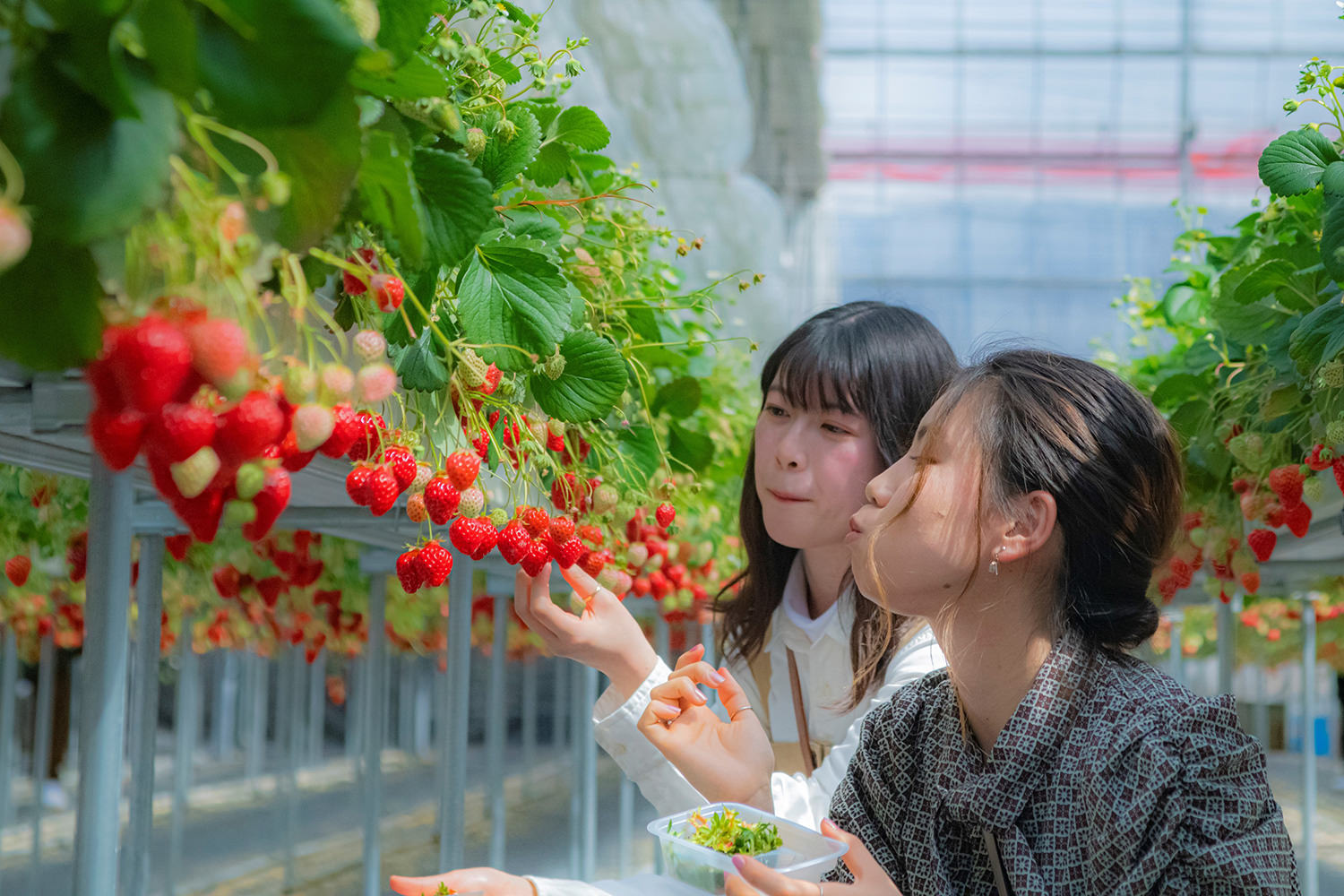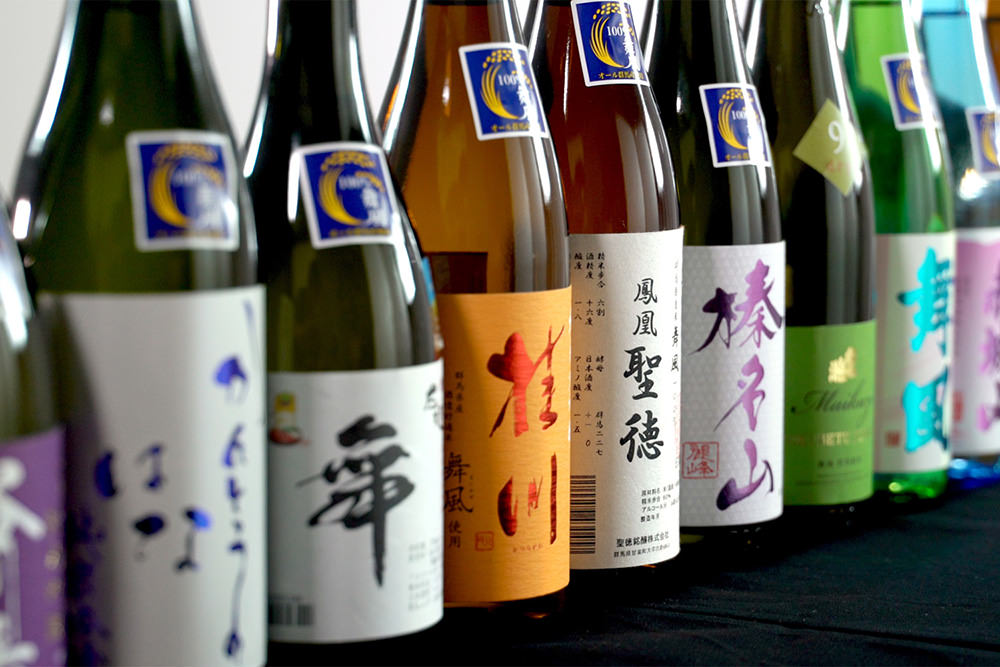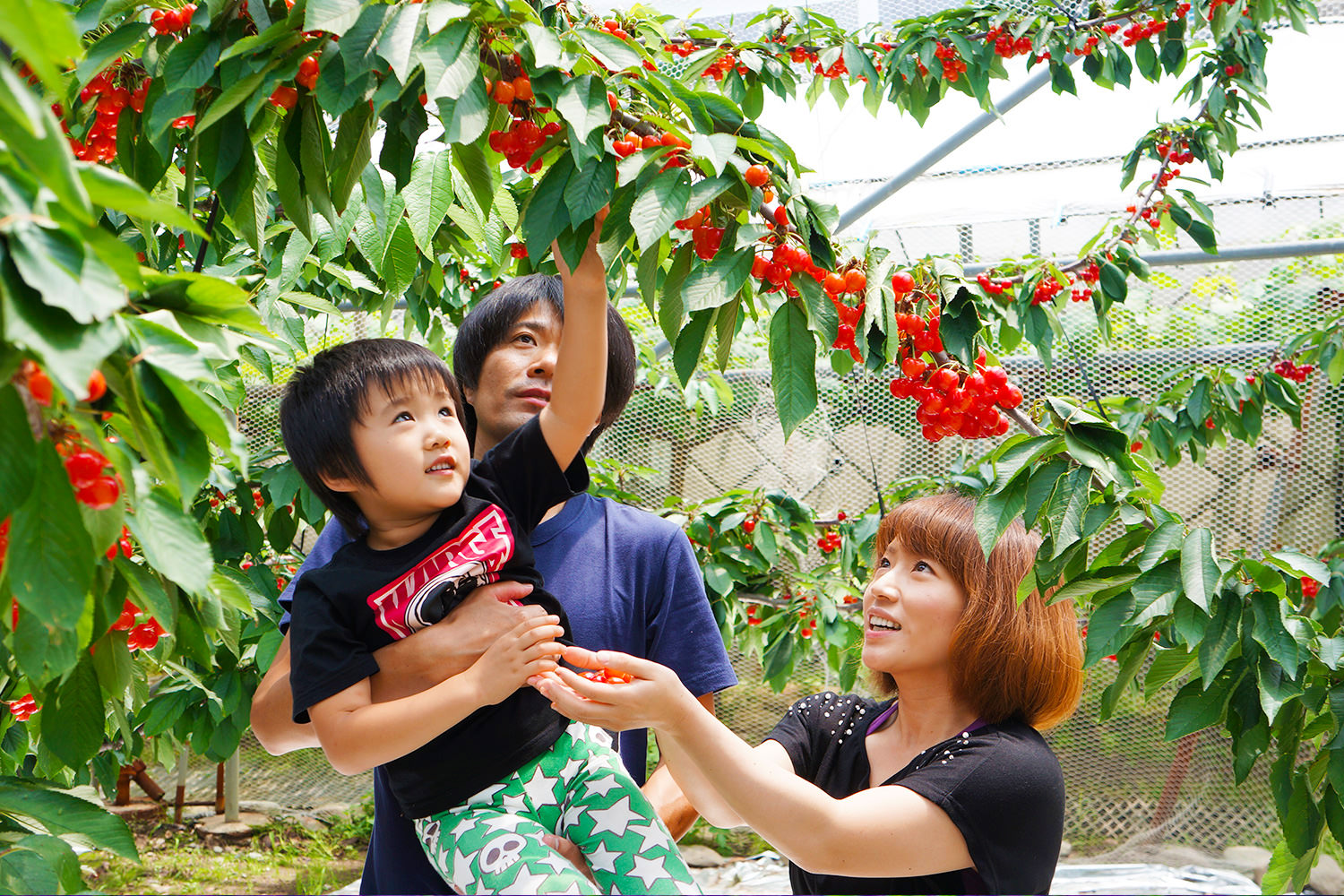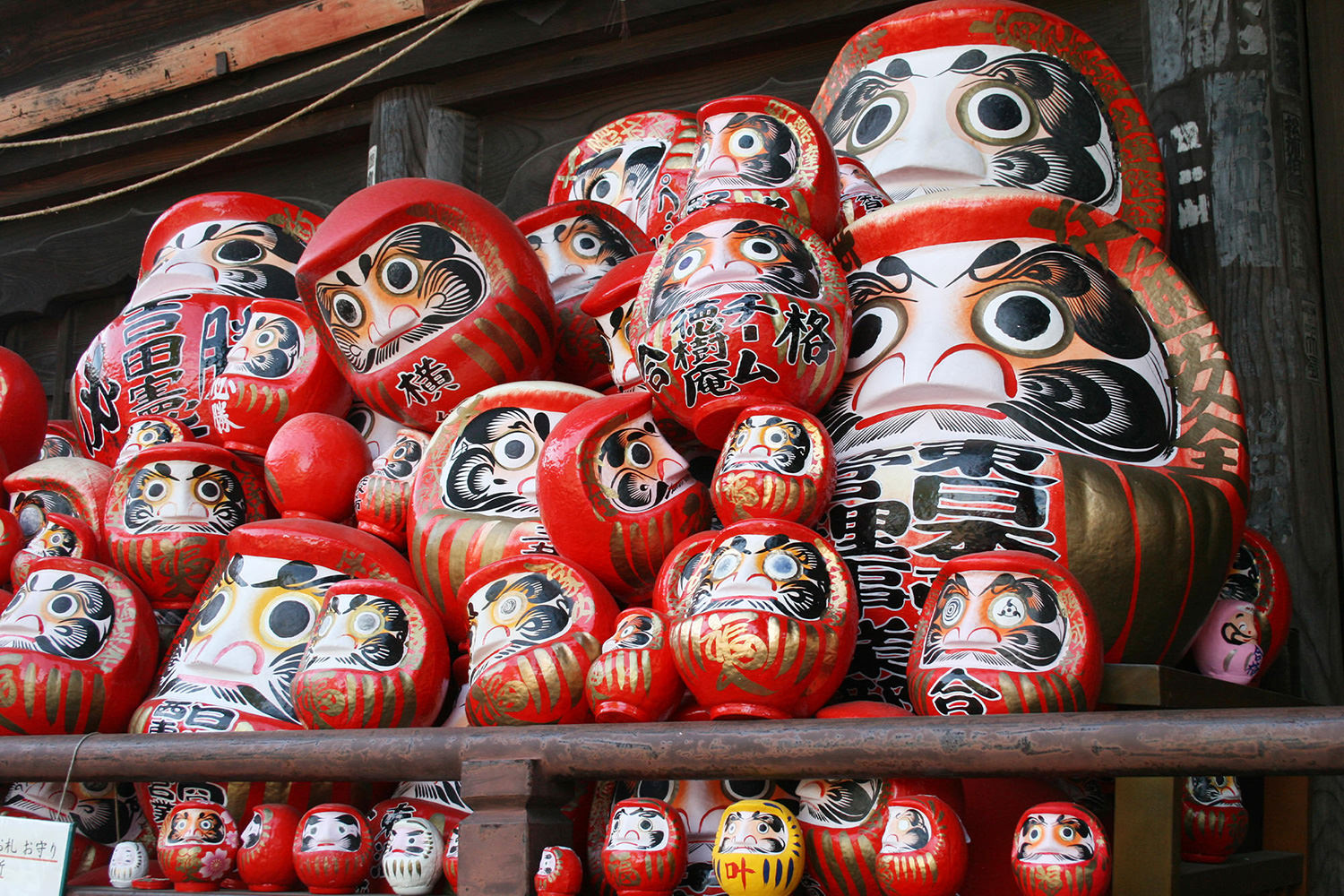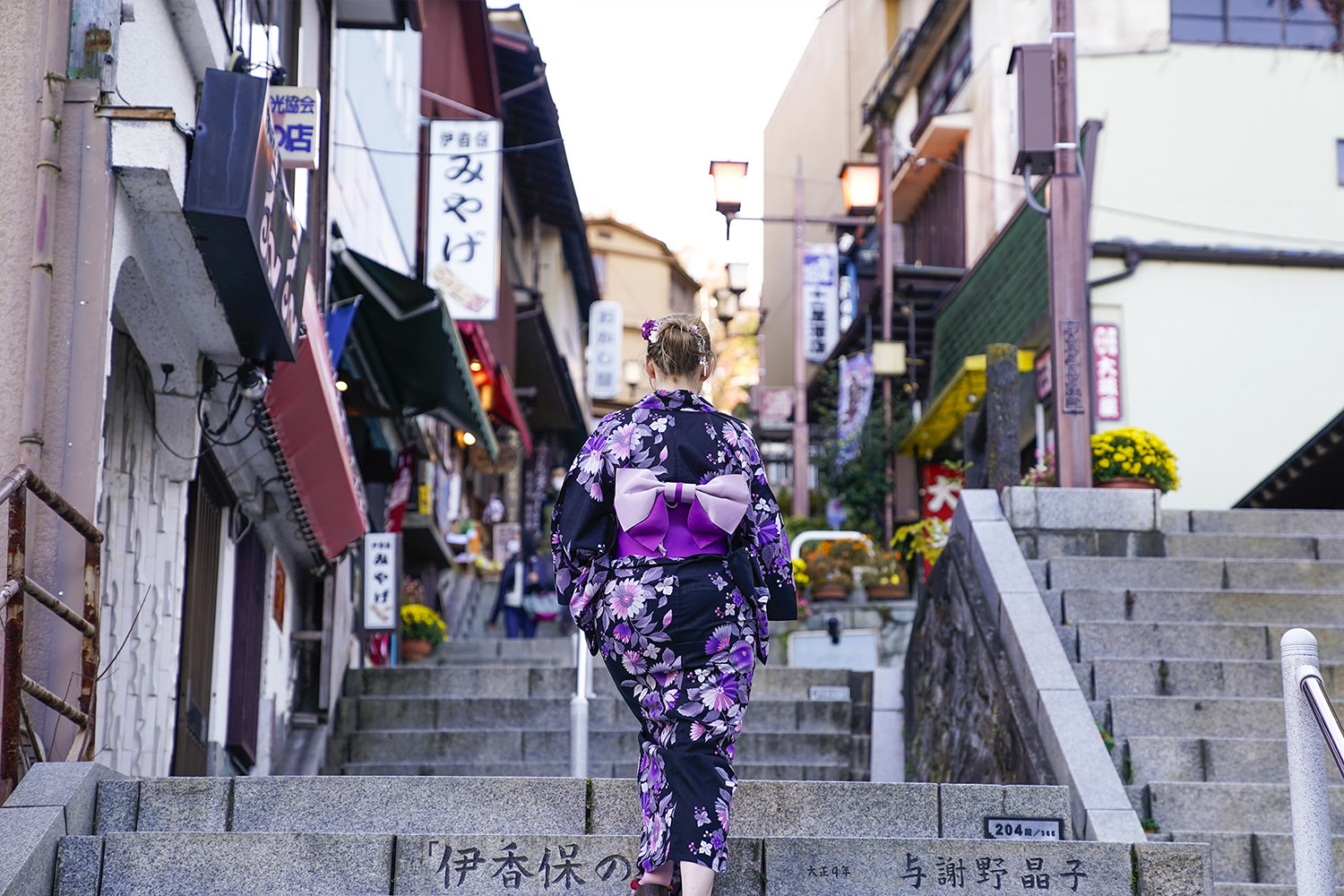STORY
Farm to Fork Cuisine
Try Gunma’s delicious produce, from vegetables and succulent meat to fresh fruit
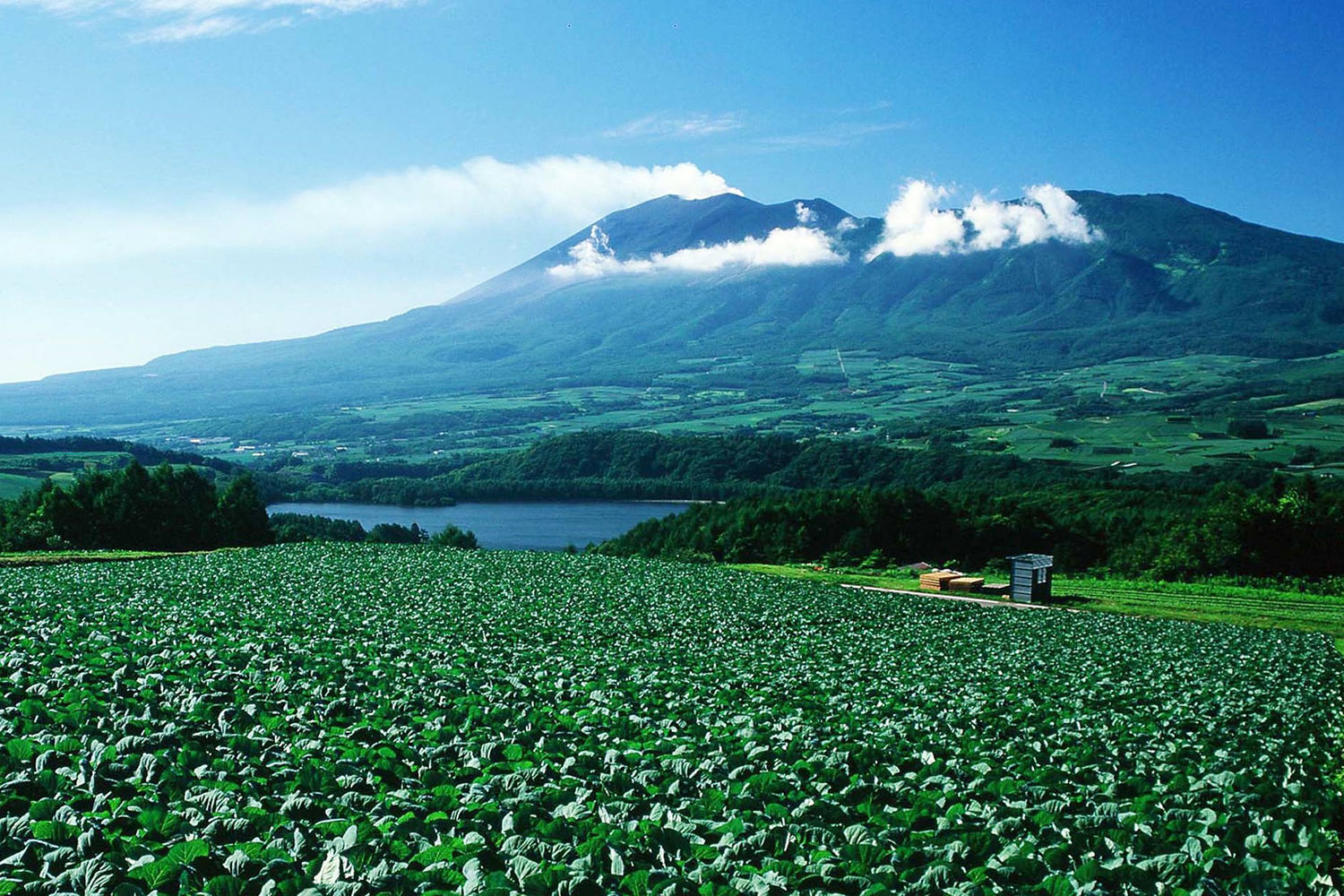
Last updated: August 22, 2024
Gunma is an agricultural powerhouse. The region is blessed with diverse farming conditions, with cool mountains, fertile plains, abundant natural water sources, and more sunlight hours than most of Japan. Gunma is the country’s top producer of many vegetables, including cabbage, eggplants, shiitake mushrooms, and Shimonita negi leeks, and is well-known for its exceptional pork and beef, too.



